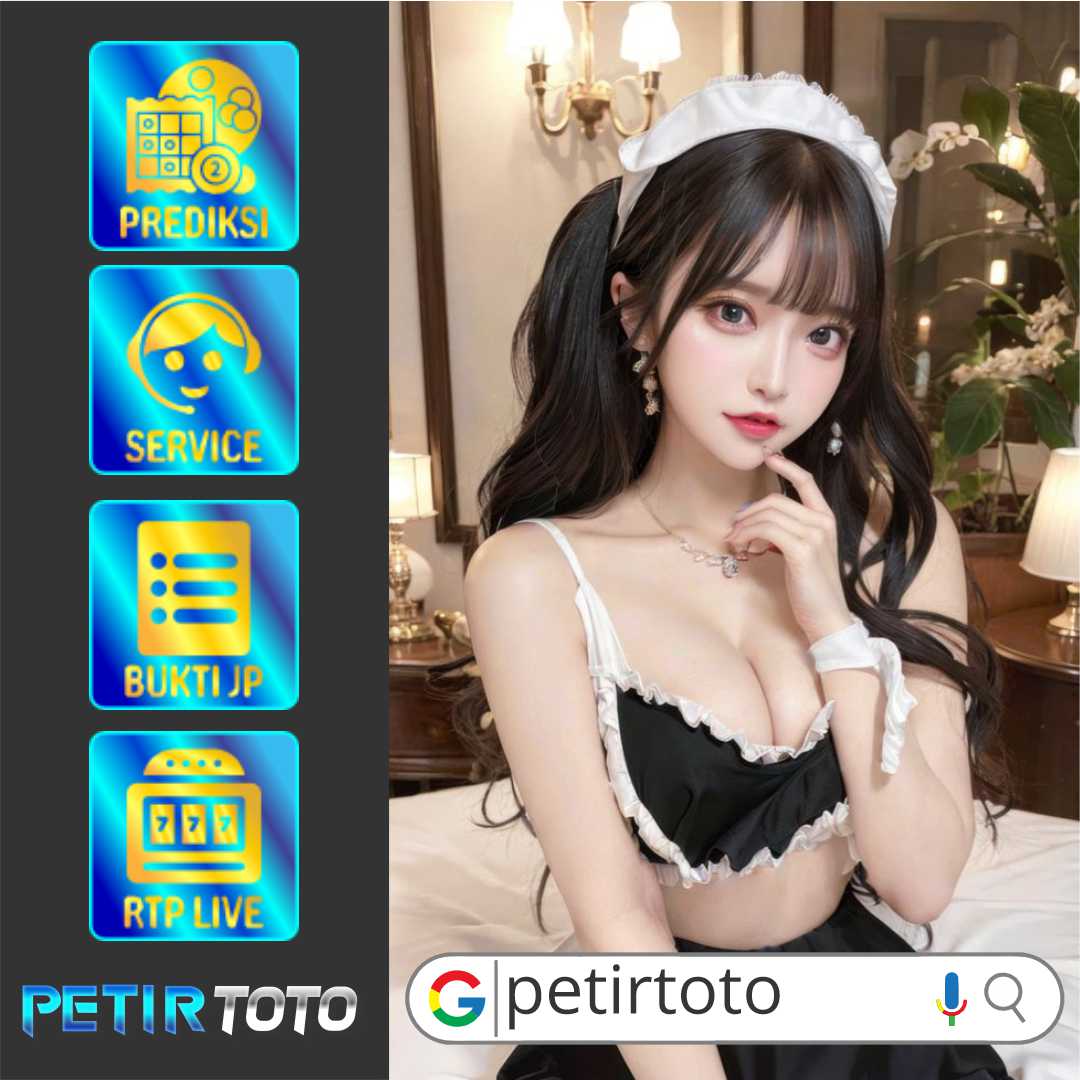PETIRTOTO » Daftar Agen Sportsbook Terpercaya Proses Wede Tercepat di Indonesia
Sebelum memainkan permainan taruhan bola online pada agen sportsbook, kepercayaan adalah hal yang sangat penting. Salah satu agen sportsbook yang telah membangun reputasi sebagai salah satu yang terpercaya di Indonesia adalah PETIRTOTO. Agen ini menawarkan pengalaman taruhan yang tidak hanya mengasyikkan tetapi juga aman dan efisien bagi para pemainnya.
Salah satu fitur unggulan dari PETIRTOTO adalah proses penarikan saldo yang sangat cepat. Dalam era di mana waktu berharga, proses wede yang berlangsung dalam waktu singkat sangatlah diidamkan. PETIRTOTO menjanjikan bahwa setiap transaksi penarikan saldo akan diproses tanpa ada pemotongan, sehingga hasil keuntungan yang diperoleh pemain dapat langsung masuk ke rekening dalam waktu dua menit. Kecepatan ini tentu menjadi daya tarik tersendiri bagi para petaruh yang ingin segera menikmati hasil kemenangan mereka.
Keberadaan agen sportsbook terpercaya seperti PETIRTOTO juga menjadi sarana yang aman bagi para pemain. Dengan sistem keamanan yang ketat dan transparansi dalam setiap transaksi, pemain dapat merasa tenang saat bertaruh. Agen ini memastikan bahwa semua data pribadi dan transaksi keuangan pemain terlindungi dengan baik.
Untuk para pencinta taruhan olahraga, memilih agen sportsbook terpercaya adalah langkah awal yang sangat krusial. PETIRTOTO memberikan tidak hanya kemudahan dalam bertransaksi, tetapi juga pengalaman taruhan yang menyenangkan dengan berbagai pilihan olahraga dan kompetisi yang tersedia.
Sebagai agen yang berfokus pada kepuasan pelanggan, PETIRTOTO berkomitmen untuk memberikan pelayanan terbaik. Dengan proses penarikan saldo yang cepat dan tanpa potongan, serta platform yang aman, PETIRTOTO menjadi pilihan utama bagi banyak bettor di Indonesia.

